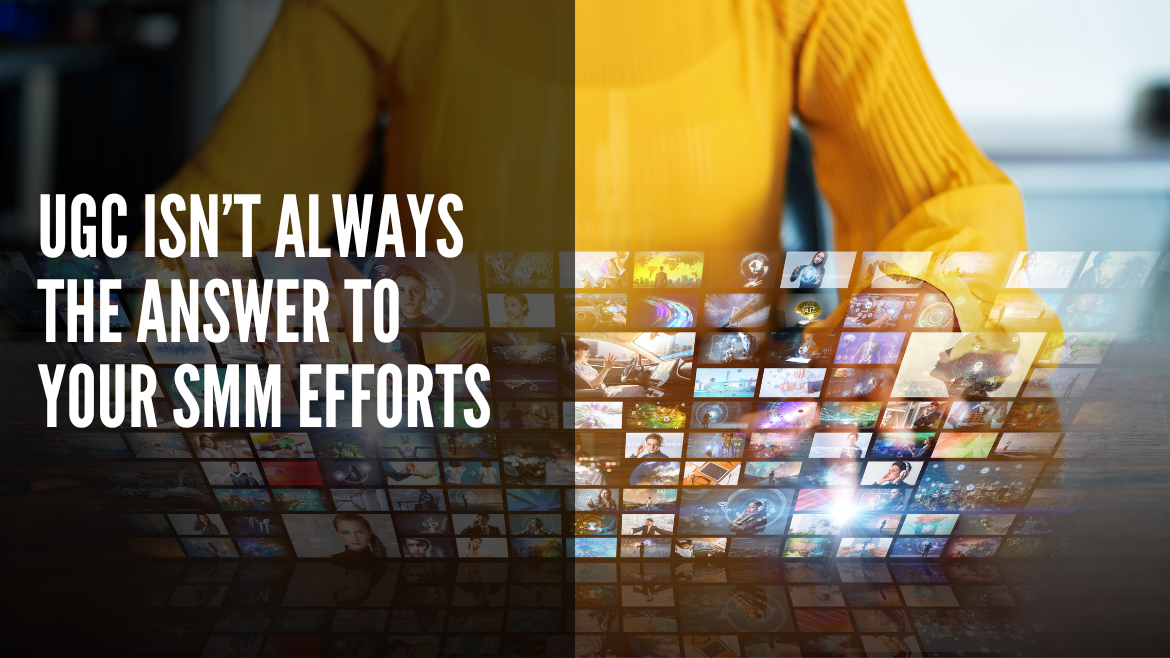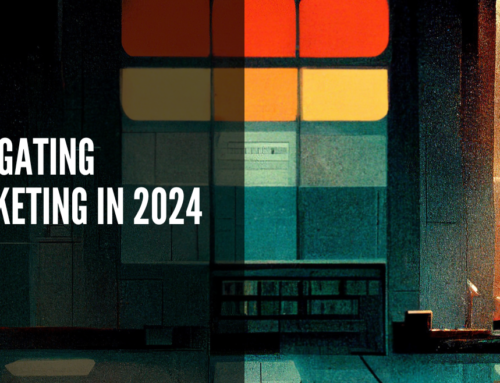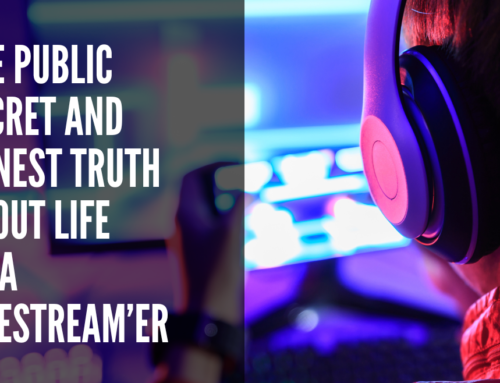In the dynamic landscape of digital marketing, User Generated Content (UGC) has emerged as a powerful tool for businesses looking to enhance their social media presence. Leveraging the creativity and authenticity of users can undoubtedly be beneficial, but it’s essential to recognize that UGC isn’t a one-size-fits-all solution for every business. In this blog post, we’ll explore the nuances of User Generated Content and delve into why it might not always be the ultimate answer for businesses striving to make an impact on social media.
User Generated Content, often hailed as the “voice of the customer,” involves users creating and sharing content related to a brand or product. This content can range from reviews and testimonials to photos, videos, and social media posts. While UGC can undoubtedly serve as a valuable asset, it’s crucial for businesses to understand the potential pitfalls.
Quality Control:
One of the primary challenges associated with relying solely on User Generated Content is the lack of control over the quality of the content produced. Businesses invest time and resources in maintaining a consistent brand image, and the unpredictable nature of UGC might not always align with the desired aesthetic or messaging. Inconsistent quality can inadvertently harm brand perception, leaving businesses vulnerable to the whims of user-generated content.
Brand Messaging and Alignment:
While UGC can provide a diverse range of perspectives, it might not always align with the core messaging and values of a brand. Businesses carefully craft their messages to convey specific sentiments and maintain a cohesive brand identity. Relying solely on User Generated Content can dilute this messaging, leading to a fragmented brand image that may confuse or mislead the target audience.
Legal and Compliance Concerns:
User Generated Content opens the door to potential legal and compliance issues. Businesses need to be vigilant in monitoring and moderating content to ensure it complies with copyright laws, privacy regulations, and community guidelines. Failure to do so can result in legal repercussions that may outweigh the benefits of incorporating UGC into a social media strategy.
Negative Impact on Engagement:
While the intention behind UGC is often positive, businesses need to be prepared for the possibility of negative content. Negative reviews, comments, or controversial user-generated materials can quickly escalate, overshadowing the positive aspects and causing long-term damage to a brand’s reputation. Striking a balance between authentic content and maintaining a positive online presence is crucial for long-term success.
In conclusion, while User Generated Content can undoubtedly play a pivotal role in a comprehensive social media strategy, it’s essential for businesses to approach it with caution. Quality control, brand messaging alignment, legal concerns, and potential negative impact on engagement are factors that cannot be ignored. Rather than relying exclusively on UGC, a balanced approach that integrates a mix of curated and user-generated content ensures a more controlled and effective social media presence.
Businesses must evaluate their goals, target audience, and brand identity to determine the appropriate role of User Generated Content in their marketing strategy. A thoughtful and strategic approach will empower businesses to harness the benefits of UGC while mitigating potential risks, ultimately leading to a more resilient and impactful social media presence.












